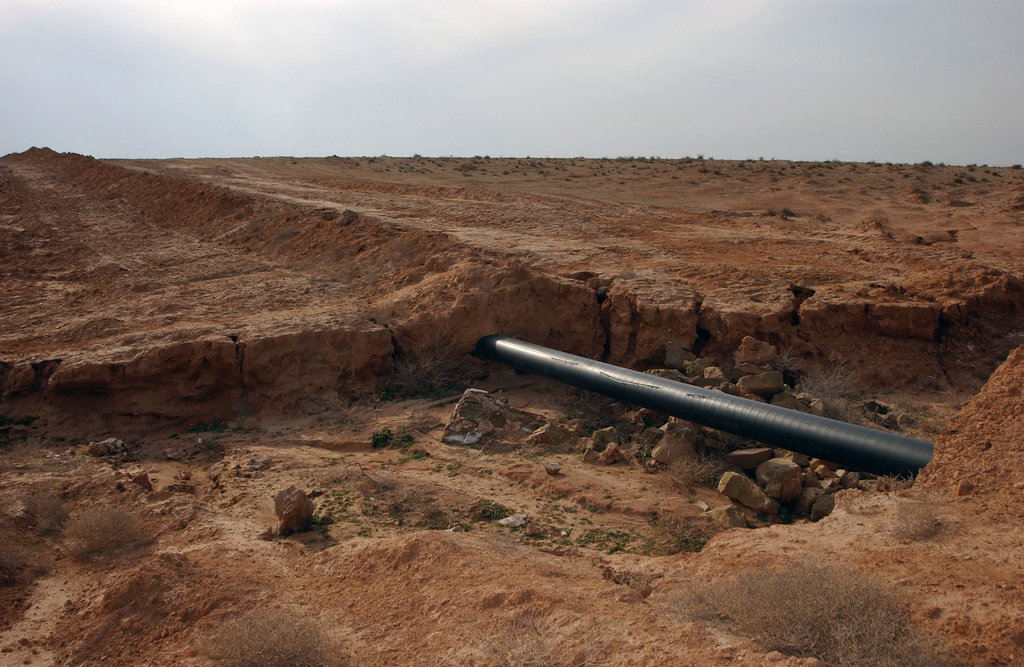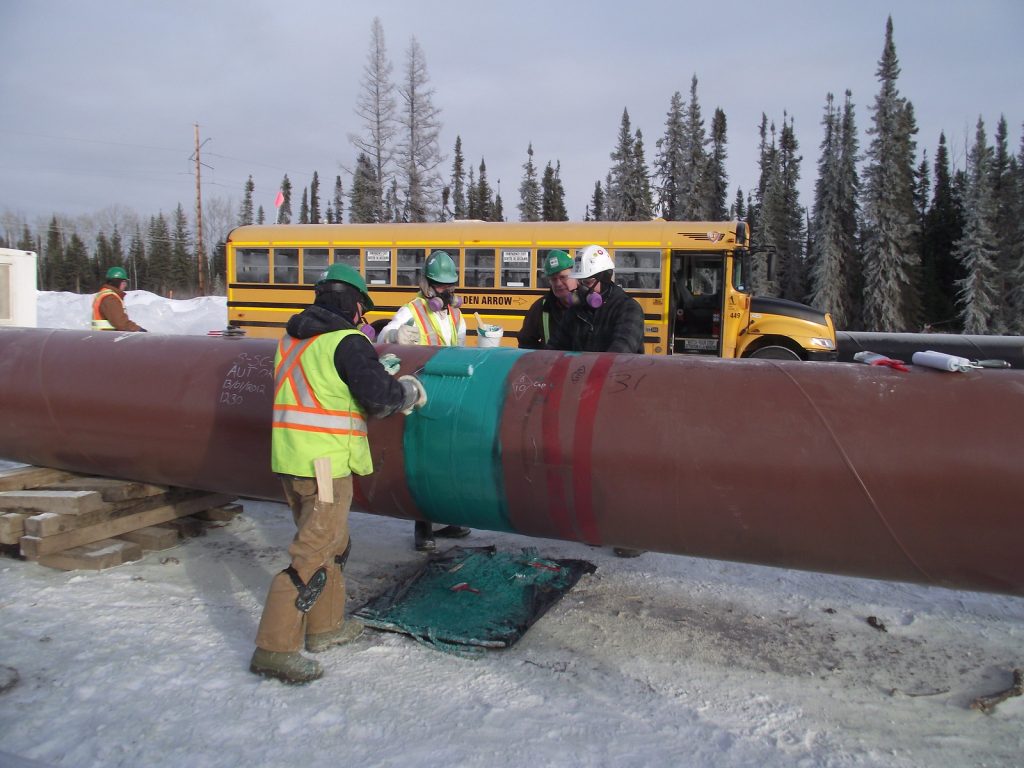Introduction
Estimating the cost of pipeline construction is a complex and critical process that requires careful planning, precise calculations, and a deep understanding of various factors, including labor, materials, equipment, and overheads. Accurate estimation is essential for ensuring that a pipeline project is financially viable and completed within budget. This article provides a detailed overview of pipeline construction estimating, covering key components such as crew selection, building units, unit price indicators (UPIs), and more.
Understanding Pipeline Construction Estimating
Pipeline construction estimating involves predicting the total cost of constructing a pipeline, from initial planning to final commissioning. The process requires the estimator to account for all resources needed to complete the project, including labor, materials, equipment, and other associated costs. Accurate estimation is crucial for project success, as underestimating can lead to budget overruns and delays, while overestimating may result in lost bids or reduced competitiveness.
Key Components of Pipeline Construction Estimating
- Crew Selection and Labor Costs
- Labor Cost Estimation: One of the most significant components of pipeline construction estimation is labor. Labor costs vary depending on the size of the crew, their skill levels, the location of the project, and the complexity of the tasks involved. Estimating labor costs accurately requires understanding the type of work each crew will perform and how long each task will take.
- Crew Composition: The composition of the crew is determined by the specific needs of the pipeline project. For example, a typical pipeline construction crew might include welders, pipefitters, equipment operators, laborers, and supervisors. The size of the crew will depend on factors such as the pipeline’s length, diameter, terrain, and the speed at which the project needs to be completed.
- Productivity Rates: Estimators must also consider productivity rates, which can vary depending on the crew’s experience and the project’s environmental conditions. Productivity rates are often expressed as the amount of work completed per unit of time, such as meters of pipeline laid per day.
- Material Costs
- Pipe and Fittings: The cost of the pipeline itself, including pipes, fittings, valves, and other essential components, constitutes a significant portion of the total project cost. Material costs can fluctuate based on market conditions, material specifications, and the quantity required.
- Material Transportation: In addition to the cost of the materials themselves, transportation costs must be included in the estimate. This involves calculating the cost of moving pipes and other materials from suppliers to the construction site, which can be particularly challenging in remote or difficult-to-access locations.
- Corrosion Protection: Pipelines often require coatings or other forms of corrosion protection, adding another layer of material cost. These protective measures are crucial for ensuring the longevity and safety of the pipeline.
- Equipment Costs
- Equipment Selection: The type of equipment required for pipeline construction depends on the project’s scope and the terrain. Commonly used equipment includes excavators, bulldozers, trenchers, welding machines, and pipe-laying machines. Estimators must account for both the cost of owning or leasing this equipment and the operational costs, such as fuel and maintenance.
- Equipment Mobilization: The cost of mobilizing and demobilizing equipment to and from the construction site is another important factor. This includes transportation costs, setup, and any additional labor required to prepare the equipment for operation.
- Depreciation and Maintenance: When estimating equipment costs, it is essential to factor in depreciation and ongoing maintenance expenses. These costs can vary depending on the age, condition, and intensity of use of the equipment.
- Overheads and Indirect Costs
- Project Overheads: Overheads refer to the indirect costs associated with running the project, such as site offices, utilities, communication systems, and general administration. These costs are typically spread across the entire project and must be included in the estimate.
- Insurance and Permits: Pipeline construction projects often require various permits and insurance coverage, such as liability insurance, environmental permits, and worker’s compensation insurance. These costs can vary significantly depending on the project’s location and regulatory requirements.
- Contingencies: Estimators typically include a contingency allowance in the estimate to cover unforeseen costs or risks. The contingency percentage depends on the project’s complexity, location, and the level of uncertainty associated with the estimate.
- Unit Price Indicators (UPIs)
- Definition of UPIs: Unit Price Indicators (UPIs) are essential tools in pipeline construction estimating. They provide a standardized method for estimating the cost of specific units of work, such as per meter of pipe laid, per weld, or per excavation. UPIs are derived from historical data, industry benchmarks, and expert judgment.
- Application of UPIs: UPIs simplify the estimating process by allowing estimators to apply a cost per unit to the estimated quantity of work. For example, if the UPI for welding is $50 per weld and the project requires 1,000 welds, the total estimated welding cost would be $50,000.
- Adjusting UPIs: UPIs must be adjusted to reflect current market conditions, project location, and any unique challenges associated with the specific project. Regularly updating UPI databases ensures that estimates remain accurate and competitive.
- Building Units and Quantification
- Defining Building Units: In pipeline construction, building units refer to specific measurable components of the work, such as meters of pipe, cubic meters of excavation, or number of joints welded. Accurate quantification of these units is crucial for a reliable estimate.
- Measurement Techniques: Various measurement techniques are used to quantify building units, depending on the stage of the project and the level of detail required. These might include takeoffs from drawings, field measurements, or digital estimation tools.
- Integration with UPIs: Once the building units are quantified, they are multiplied by the corresponding UPIs to calculate the total cost for each component. This method ensures a systematic and comprehensive approach to estimating.
- Challenges and Best Practices in Pipeline Construction Estimating
- Challenges:
- Uncertainty: Estimators often face uncertainty due to fluctuating material prices, labor rates, and equipment availability. Weather conditions, environmental regulations, and political factors can also impact costs.
- Complexity: Pipeline projects often involve complex terrains, requiring specialized construction techniques and equipment. Estimating these complexities accurately can be challenging.
- Best Practices:
- Detailed Planning: Start with a detailed project plan that includes all possible scenarios and variations. This helps in identifying all potential costs and minimizing the risk of underestimation.
- Use of Technology: Leverage digital tools and software that enhance the accuracy and efficiency of estimating, such as 3D modeling, GIS mapping, and cost estimation software.
- Regular Updates: Continuously update the estimate as more information becomes available, particularly during the bidding and pre-construction phases. This helps in refining the cost estimate and reducing the risk of surprises during construction.
- Challenges:
Conclusion
Pipeline construction estimating is a vital aspect of project planning and execution. It requires a thorough understanding of various factors, including crew selection, material and equipment costs, UPIs, and overheads. By following best practices and leveraging technology, estimators can develop accurate and reliable cost estimates that contribute to the successful completion of pipeline projects. In an industry where margins are often tight, and the stakes are high, accurate estimating is essential for ensuring that projects are delivered on time, within budget, and to the required standards of quality and safety.





